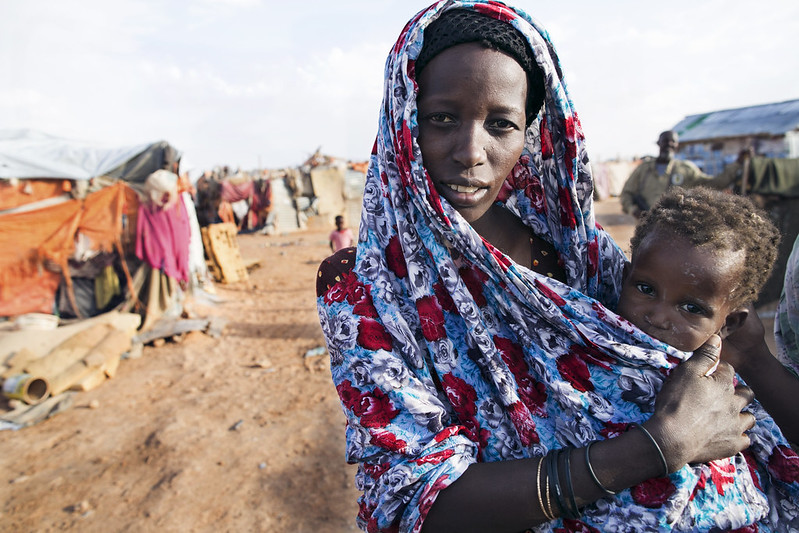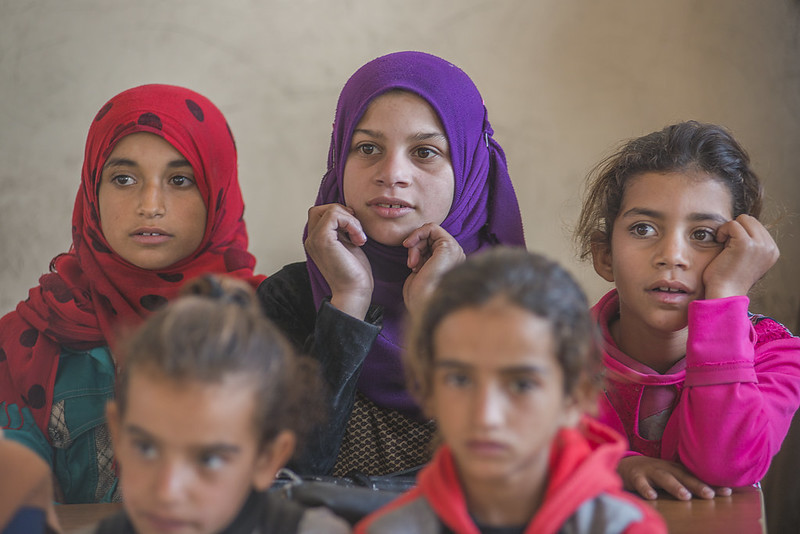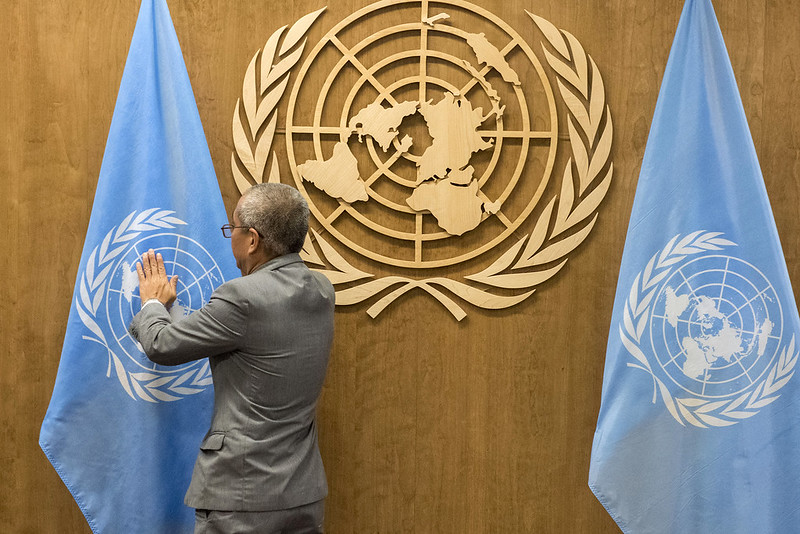 On August 30, 2024, the Central Emergency Response Fund (CERF) of the United Nations released $100 million for critically underfunded crises. CERF provides funding for essential supplies and services during conflict, natural disasters and other emergencies, aiming to support timely and reliable responses in under-funded crises.
On August 30, 2024, the Central Emergency Response Fund (CERF) of the United Nations released $100 million for critically underfunded crises. CERF provides funding for essential supplies and services during conflict, natural disasters and other emergencies, aiming to support timely and reliable responses in under-funded crises.
Twice annually, the CERF’s Acting Emergency Relief Coordinator (ERC) allocates special grants from the Underfunded Emergencies (UFE) Window to support essential life-saving activities in neglected humanitarian emergencies. Here are the country allocations and the underfunded crises they face.
Underfunded Crises in West Africa
CERF will allocate $10 million to Burkina Faso, where more than 2 million people were internally displaced due to armed conflict between internal militias — part of a broader Sahelian violence caused by Islamic extremism and political instability. Twenty-seven percent of the country requires humanitarian assistance and millions face severe food insecurity.
Similarly, Mali faces a security crisis compounded by economic shocks. More than 7 million require humanitarian assistance, 1.37 million face crisis levels of food insecurity, 1.4 million children face undernourishment, approximately 2,600 individuals face famine and more than 350,000 are internally displaced, according to CERF. Mali will receive $11 million to help displaced populations and alleviate food insecurity
Underfunded Crises in Central and East Africa
Ethiopia is struggling with civil conflict and the aftermath of flooding that has caused deaths, displacement, and food insecurity. Up to half a million could be struggling with displacement and more than 15.8 million are food insecure, according to CERF. Meanwhile, Ethiopia faces cholera and malaria epidemics. CERF will provide $15 million to Ethiopia to help provide access to critical services and to reduce morbidity for 12.3 million vulnerable people.
Malawi is also dealing with weather patterns causing food insecurity among 5.7 million people. Aid worth $11 million could help the country deal with the effects of drought.
Since 2017, Mozambique has experienced violence that has displaced hundreds of thousands of people while weather patterns devastate the agricultural sector, according to CERF. Funding of $7 million is going towards preventing a food insecurity crisis.
Burundi faces food insecurity, violence, epidemics and natural disasters. Heavy rainfall caused flooding by the end of last year and displaced thousands. More than 1 million people are food insecure and landslides have displaced more than 47,000 people, according to CERF. Funding of $5 million will support flood recovery and displaced people.
Cameroon experiences several forms of internal violence and natural disasters. Recent floods exacerbate the situation and an estimated 1.8 million people are without adequate water and health services. Receiving $7 million could help vulnerable populations, particularly women and children, against exploitation and malnutrition.
Middle East, South East Asia and the Caribbean
Yemen is considered the largest humanitarian crisis, an eight-year civil war in Yemen between Houthi rebels and Saudi-backed government forces created an economic, social and health crisis. There are 19 million people experiencing a food insecurity crisis while flooding disrupts access to essential services, according to CERF. Many lack sanitation, water and health care access. CERF will provide $20 million to support food security and health for millions in need.
Following a brief period of democratic rule, a 2021 coup in Myanmar devolved into a civil war between a military government and various ethnic militias. Intensified fighting this year increased displacement to 3.1 million people. Almost 13 million people face moderate or severe food insecurity, according to CERF. The organization will provide $12 million to Myanmar which could hopefully help 18 million people who need funding for essential services and support for displaced populations.
Natural disasters and internal gang violence leave 5.5 million people requiring humanitarian assistance in Haiti. There are 578,000 people who are internally displaced, 8.5 million faced food insecurity earlier this year and many face gang violence, according to CERF. Funding of $9 million will support critical needs in the country.
Conclusion
These countries experience underfunded crises despite dire situations and donor pledges. This demonstrates the need for increased attention. The allocation of $100 million by CERF is a crucial step but support from international donors and organizations is essential to address the ongoing challenges these countries face.
– Luke Ravetto
Luke is based in Boston, MA, USA and focuses on Politics for The Borgen Project.
Photo: Flickr


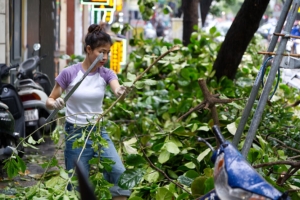
 In the first year following the outbreak of war, more than 8,000 Ukrainian civilians lost their lives, prompting one of the fastest population movements since World War II as individuals were compelled to
In the first year following the outbreak of war, more than 8,000 Ukrainian civilians lost their lives, prompting one of the fastest population movements since World War II as individuals were compelled to 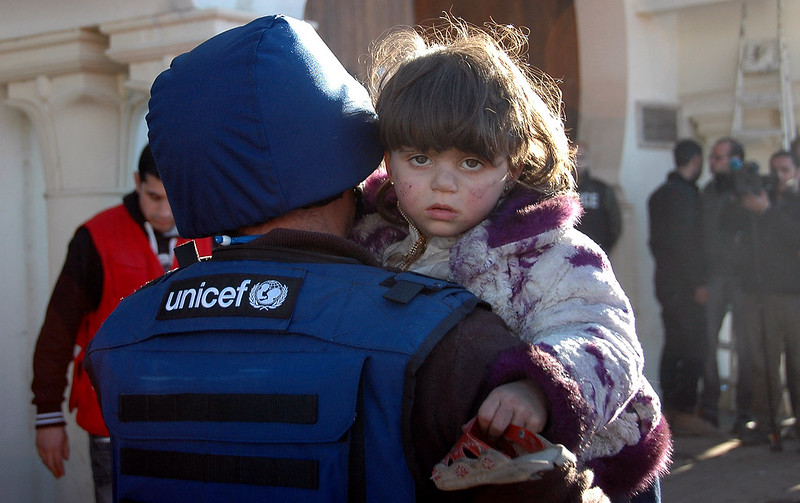 Syrians urgently need assistance as more than 16 million residents struggle with homelessness, food insecurity, dilapidated infrastructure and inadequate water and sanitation. The United Nations (U.N.) reports that at least 90% of the population lives below the poverty line, placing Syria
Syrians urgently need assistance as more than 16 million residents struggle with homelessness, food insecurity, dilapidated infrastructure and inadequate water and sanitation. The United Nations (U.N.) reports that at least 90% of the population lives below the poverty line, placing Syria 